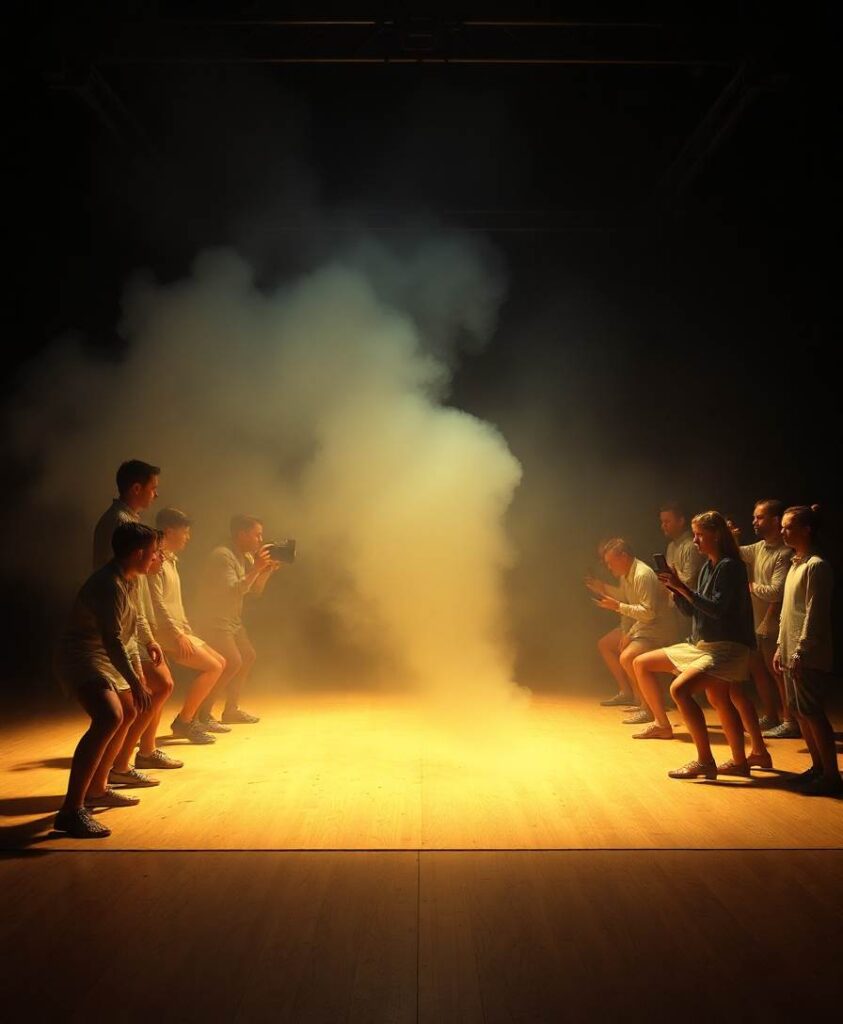BackgroundAge-related changes in the cortical control of standing balance may provide a modifiable mechanism underlying falls in older adults. Thus, this study examined the cortical response to sensory and mechanical perturbations in older adults while standing and examined the relationship between cortical activation and postural control.MethodsA cohort of community dwelling young (18–30 years, N = 10) and older adults (65–85 years, N = 11) performed the sensory organization test (SOT), motor control test (MCT), and adaptation test (ADT) while high-density electroencephalography (EEG) and center of pressure (COP) data were recorded in this cross-sectional study. Linear mixed models examined cohort differences for cortical activities, using relative beta power, and postural control performance, while Spearman correlations were used to investigate the relationship between relative beta power and COP indices in each test.ResultsUnder sensory manipulation, older adults demonstrated significantly higher relative beta power at all postural control-related cortical areas (p < 0.01), while under rapid mechanical perturbations, older adults demonstrated significantly higher relative beta power at central areas (p < 0.05). As task difficulty increased, young adults had increased relative beta band power while older adults demonstrated decreased relative beta power (p < 0.01). During sensory manipulation with mild mechanical perturbations, specifically in eyes open conditions, higher relative beta power at the parietal area in young adults was associated with worse postural control performance (p < 0.001). Under rapid mechanical perturbations, specifically in novel conditions, higher relative beta power at the central area in older adults was associated with longer movement latency (p < 0.05). However, poor reliability measures of cortical activity assessments were found during MCT and ADT, which limits the ability to interpret the reported results.DiscussionCortical areas are increasingly recruited to maintain upright postural control, even though cortical resources may be limited, in older adults. Considering the limitation regarding mechanical perturbation reliability, future studies should include a larger number of repeated mechanical perturbation trials.


